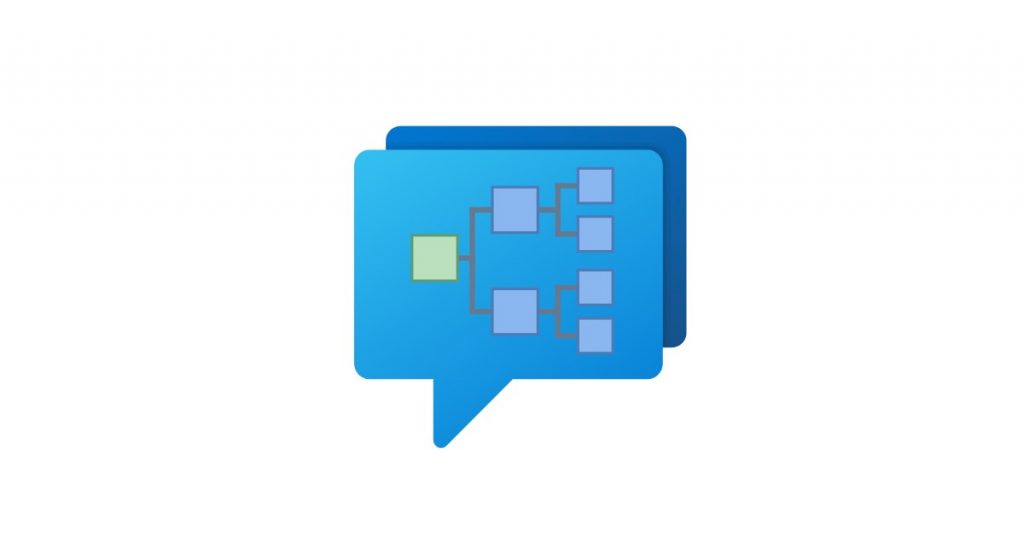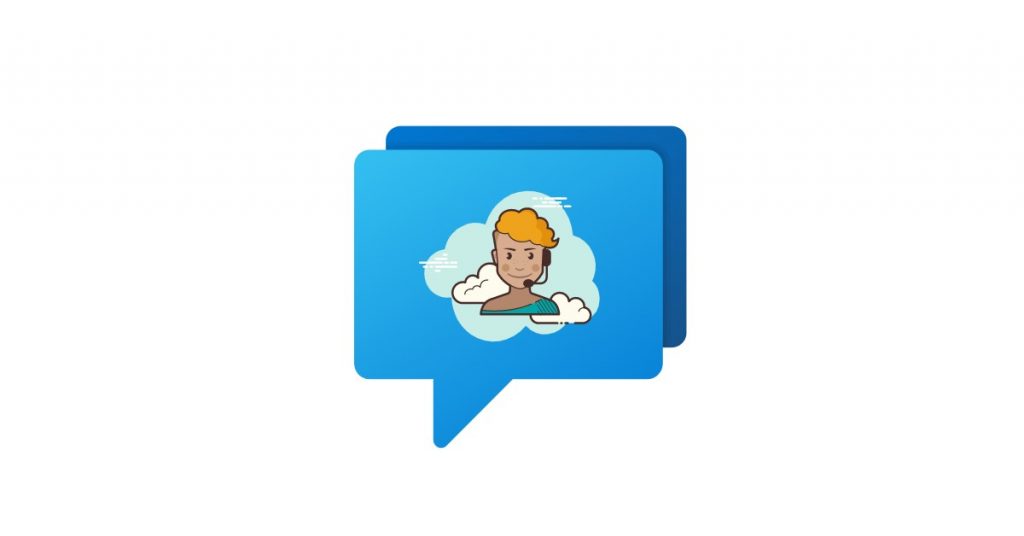In customer service, it’s not just what you say. It’s how you say it.
When customers are upset or confused, a generic response isn’t enough. Respond with something like “We apologize for the inconvenience” without actually addressing their concern, and you risk making things worse.
Even well-meaning replies can escalate tension and slow down support if they feel cold or dismissive.
The solution? Showing empathy.
Empathy helps your team navigate difficult conversations more effectively, no matter the channel (live chat, email, phone, or even automated support).
In this guide, you’ll find 30+ ready-to-use empathy statements for customer service, plus examples of when and how to use them – so you’re never left guessing what to say in the moment.
What Are Empathy Statements in Customer Service?
Empathy statements are phrases that show customers you understand and acknowledge their feelings. They’re especially useful when emotions are running high, helping your team express empathy in moments when customers need more than just a technical fix.
These statements don’t just express politeness. They communicate that you’re listening and taking the situation seriously. And this is key for offering great customer service, even when the interaction is brief or fully automated.
Did you know? Empathy statements can be used across all types of customer interactions.
In live chat, phone calls, and emails, they help agents respond in a more human and supportive way. In chatbot scripts, they make automated messages feel less robotic and more reassuring, especially when something goes wrong or when transitioning between steps.
Why Empathy Statements Matter
It’s easy to overlook a short phrase in the middle of a support exchange, but these small moments of empathy in customer service can shape the entire customer experience.
So, let’s talk about why customer service empathy statements are worth your attention.
They reduce escalations and unnecessary back-and-forth
An irate customer is more likely to repeat themselves, ask to speak with someone else, or become more upset as the conversation continues.
A well-timed empathy statement can stop that cycle. It shows you’re not just solving a problem, but acknowledging the customer’s emotions as well.
It also reassures them they’re being taken seriously before things spiral into a complaint or escalation. Fewer escalations mean faster resolutions and less strain on your customer support team.
They’re proven to boost CSAT and help create loyal customers
Customers remember how they were treated more than the issue itself. That’s why it’s important to turn a frustrating moment into a positive impression, especially when the outcome isn’t ideal.
Over time, these small moments build trust, help customers feel heard, and improve customer satisfaction scores.
Did you know? A Khoros survey found that 68% of customers say they’ll spend more with brands that understand them and treat them like individuals. Empathy statements help teams create that sense of understanding by stepping into the customer’s shoes.
They give your team the language to handle tough conversations
Even an experienced customer service representative can sometimes freeze up when a customer is upset.
Having a go-to set of empathy phrases gives your customer service reps the tools to stay calm, consider the customer’s position, and respond effectively without sounding scripted.
For new team members, it builds confidence. For experienced ones, it helps maintain consistency. And for chatbot builders, it creates more natural flows that don’t sound cold or transactional.
30+ Empathy Statements for Customer Service That Work
Below, you’ll find empathy statements organized by common support situations.
Use them to guide live agents, shape chatbot scripts, or simply improve how your customer service team communicates in moments that matter.
When responding to an upset customer
These statements show you’re listening to the customer’s problem without making assumptions or escalating things further:
- “I can see how that would be incredibly frustrating, and I appreciate you letting us know.”
- “You’re right – this shouldn’t have happened, and I’m going to make it right.”
- “Thanks for being honest about how this has affected you. Let’s fix it.”
- “If I were in your position, I’d feel the same way.”
- “That’s not the experience we aim for, and I understand why you’re upset.”
When they’ve had to wait for too long
Waiting can add fuel to any issue. The following statements help reset the tone and keep everyone on the same page:
- “Thanks for your patience. I know delays like this can be incredibly frustrating.”
- “I understand this has taken longer than expected, and I’m here to speed things up now.”
- “You’ve waited longer than you should have. I’m really sorry about that.”
- “I know your time is valuable – thanks for hanging in there with us.”
- “ I can imagine how the wait added to your frustration. I’m going to do everything I can to make the rest of this easier.”
When they’ve had to repeat themselves or were transferred
These phrases recognize how tiring it is for customers to re-explain their issue:
- “I’ve read through the previous messages so you won’t need to repeat anything.”
- “I’m sorry you’ve had to explain this more than once. That’s frustrating, and I’ve got it from here.”
- “I get how tiring it is to be passed between people. I’ll make sure you’re supported properly now.”
- “You shouldn’t have to re-explain the same issue – we’ll keep this simple moving forward.”
- “Let’s make sure it gets fully resolved this time.”
When you’re still working on a fix
These statements show you haven’t forgotten them and that the issue is being handled with care – something that’s especially important during moments of customer frustration when no immediate fix is available:
- “I’m still digging into this. I’ll keep you updated every step of the way.”
- “I know this is still unresolved. I appreciate your patience while I get to the bottom of it.”
- “Just wanted to let you know I’m actively working on this and haven’t forgotten you.”
- “It might take a few more minutes, but I want to make sure we get it right.”
- “Thanks for staying with me on this. I’d rather be thorough than give you an incomplete fix.”
When you can’t offer what they want
Sometimes the answer is “no”. These statements help you say it with care:
- “I wish I had a different answer for you. I understand this isn’t ideal.”
- “I completely understand why you’d want that. It’s a reasonable request, even though we can’t accommodate it this time.”
- “I know this isn’t what you were hoping to hear, but I’m going to do my best to offer a good alternative.”
- “I can’t make that change, but I do want to help. Here’s what I can do.”
- “Even though this falls outside our policy, I understand the frustration. I’m here to support you however I can.”
When wrapping up or closing a conversation
Empathy at the end of a conversation helps customers feel supported, even after the issue is resolved:
- “I’m really glad we could get this sorted. Thanks for sticking with me.”
- “I appreciate your understanding, especially given how this started.”
- “If anything else comes up, just reach out – we’re here to help.”
- “Thanks again for giving us a chance to make this right.”
- “It’s been a pleasure helping you. I hope the rest of your day goes a lot smoother.”
When the situation calls for a personalized response
These phrases make it easy for agents or chatbot builders to tailor empathy in real time:
- “I can imagine how [situation] would lead to [emotion].”
Example: “I can imagine how not getting the confirmation email would lead to concern.”
- “I totally get why [specific action or issue] would feel [emotion].”
Example: “I totally get why having to reset your password again would feel annoying.”
- “It makes sense that you’d feel [emotion] given [situation].”
Example: “It makes sense that you’d feel let down given the billing mix-up.”
- “It’s completely fair to feel [emotion] after [what happened].”
Example: “It’s completely fair to feel confused after getting two different answers.”
- “That shouldn’t have happened, so I understand why you feel [emotion].”
Example: “That shouldn’t have happened, so I understand why you feel let down.”
When to Use Empathy Statements
Not every message needs an empathy statement. But in certain moments, it can make all the difference.
Here’s when it makes sense to use them.
When emotions run high
Anger, stress, and disappointment can show up in ways that aren’t always obvious. Sometimes it’s in the wording (“this is ridiculous”), sometimes it’s in the volume of messages, and other times it’s in the complete silence after a frustrating experience.
Empathy statements help de-escalate by recognizing the emotion before jumping to a solution.
Tip: If you come across angry customers, lead with empathy before offering instructions or asking questions.
When handling sensitive issues
Billing problems, cancellations, privacy concerns, or anything involving personal data or money often requires more than just a fix. These moments need careful wording to show the customer they’re not just another case to close.
Even a quick acknowledgment can help rebuild trust in high-stakes situations: “I understand this is a sensitive issue, and I’ll handle it carefully.”
When there’s no immediate solution
If you can’t fix the issue right away (or at all), empathy is what helps maintain the relationship. Even when the outcome isn’t ideal, customers are more likely to stay calm and cooperative if they feel you’re being understanding.
Tip: Avoid going quiet while you investigate. Instead, keep the customer in the loop with brief, empathetic updates.
When customers offer negative feedback
Negative customer feedback is a chance to listen and improve, not defend or dismiss. Empathy here isn’t about agreeing, but about validating that the experience wasn’t great and showing you’re open to fixing it.
For example: “Thanks for the honest feedback. I hear where you’re coming from, and I’d like to improve this moving forward.”
When customers are confused or overwhelmed
Customers often reach out not because something is broken, but because they don’t understand how something works. Empathy in these moments helps reduce embarrassment and encourages engagement instead of frustration or churn.
For example: “It’s completely normal to have questions at this stage. Let me walk you through it step by step.”
Sample Empathy Statements for Real Customer Service Scenarios
Below are common real-world examples of how empathetic statements can be used to de-escalate and guide conversations in the right direction.
Subscription was auto-renewed without warning
Customer might say:
“I didn’t even know I was still subscribed. Why was I charged again?”
Empathy statement:
“I can see how that charge would be frustrating, especially if you weren’t expecting it. Let’s take a look at what happened and fix this.”
Customer is confused by a feature they expected to work differently
Customer might say:
“I thought this would integrate with my calendar automatically. Why isn’t it syncing?”
Empathy statement:
“It’s totally fair to expect that to work right away. Let’s go through it together and get it set up properly.”
Agent is the third person the customer has spoken to
Customer might say:
“This is the third time I’ve contacted support. I keep having to start over.”
Empathy statement:
“I’m sorry you’ve had to explain this more than once. I’ve reviewed your previous messages and I’ll take it from here.”
Customer is trying to meet a deadline and the tool isn’t cooperating
Customer might say:
“This is due today, and now your platform isn’t letting me export anything.”
Empathy statement:
“That sounds incredibly stressful, especially with a deadline looming. I’ll prioritize this and work quickly to get you unblocked.”
Customer is locked out of their account after multiple failed attempts
Customer might say:
“I’ve tried logging in five times, and it just keeps saying error.”
Empathy statement:
“I know how frustrating that is, especially when you’re just trying to get things done. Let’s get you back in as quickly as possible.”
Customer is frustrated with a complicated setup process
Customer might say:
“I’ve been trying to set this up for over an hour and I’m getting nowhere.”
Empathy statement:
“Thanks for sticking with it – I know setup shouldn’t be this frustrating. I’ll walk you through it step by step from here.”
Common Mistakes to Avoid When Using Empathy Phrases for Customer Service
Before you put these phrases into practice, make sure you’re not falling into one of these common traps.
Using the same empathy phrase over and over
Even a good phrase loses its impact when it shows up in every conversation. If your team defaults to “I understand how you feel” in every situation, customers will start to tune it out.
Empathy should feel specific to the moment, not like it was copied and pasted.
What to do instead: Give your team a range of phrases they can rotate and tailor based on tone, channel, and context.
Leading with empathy but offering no solution
Empathy without direction leaves the customer hanging. If you acknowledge their frustration but don’t clearly explain what happens next, it can feel dismissive.
What to do instead: Pair every empathy statement with clarity. Let them know what you’re doing, what they can expect, or what the next step is.
Sounding overly formal or insincere
Phrases like “we apologize for any inconvenience caused” often sound more like legal boilerplate than genuine empathy. Customers pick up on tone, and stiff, overly polished language usually does more harm than good.
What to do instead: Use language that feels human, not corporate.
Failing to match empathy to the channel
What works in a live chat may not land the same way in an email or a chatbot. Overly long statements can slow down fast-moving channels, and overly short responses can seem cold in more personal ones.
What to do instead: Adjust tone and length based on the format. In a chatbot, empathy should be short and clear. In email, it can be a bit warmer and more detailed.
Make Empathy Part of Every Support Interaction
The value of empathy statements for customer service is clear. But consistency? That’s harder. Of course, you can train your chatbot and write internal guides for your team, but that takes time, and it doesn’t always guarantee that the right tone comes through in every conversation.
If you want a faster, more reliable way to apply empathy across your support channels, try Social Intents.
Social Intents is a no-code platform that lets you add live chat and AI-powered chatbots to your website, Slack, or Microsoft Teams, while giving you full control over how those conversations sound.
For live chat, you can preload empathetic canned responses and conversation starters that agents can personalize with a click. And for chatbots, you can build flows with empathy statements included, so your automated replies feel thoughtful, not robotic.
Ready to apply empathy at scale without slowing down support? Start your 14-day free trial of Social Intents today.


